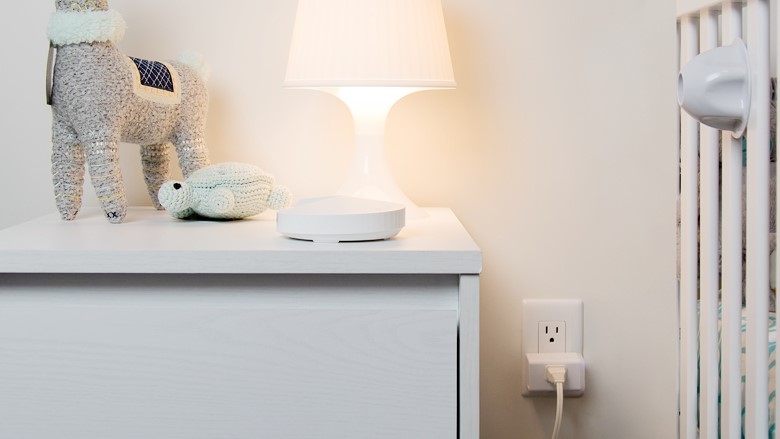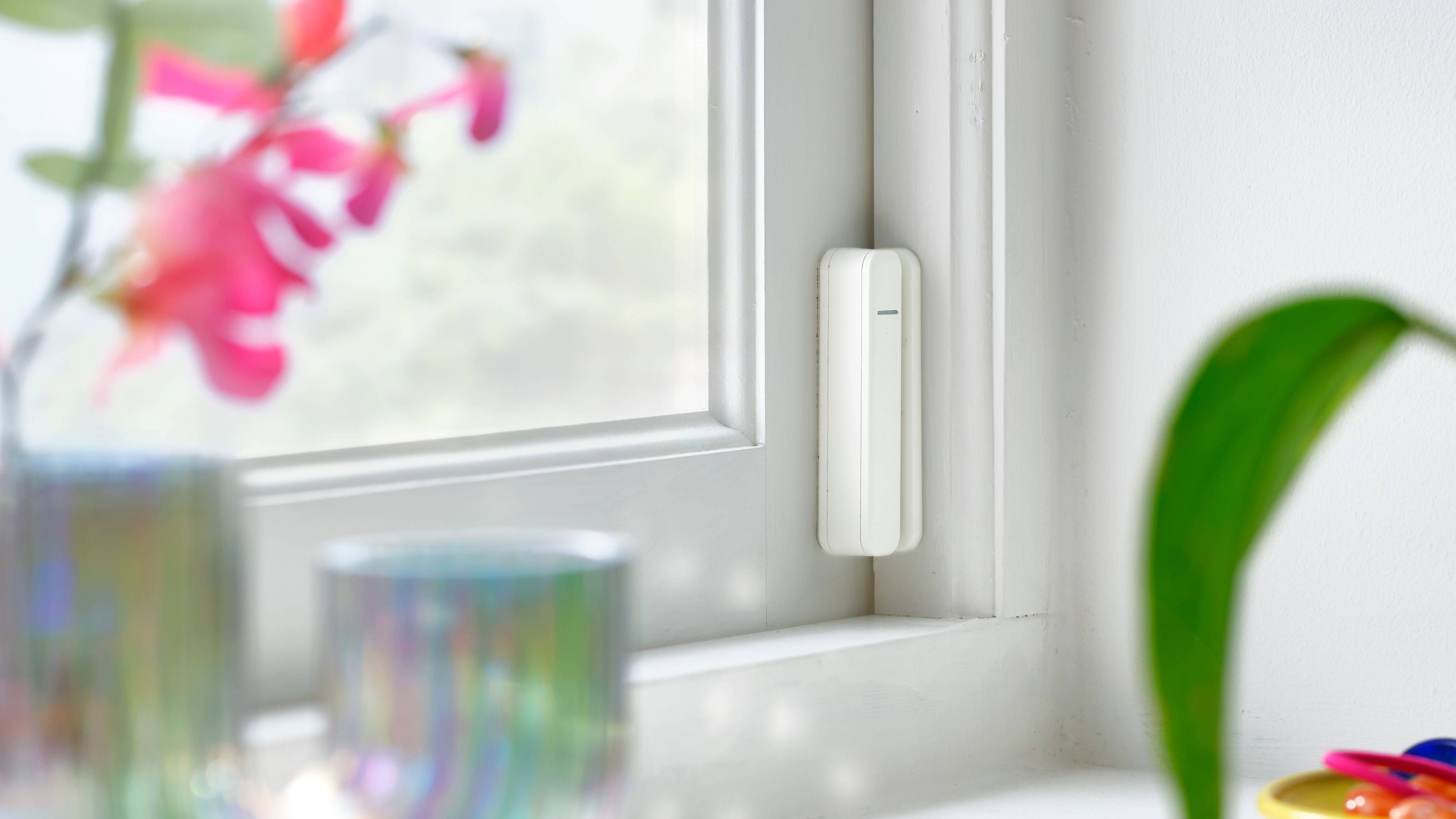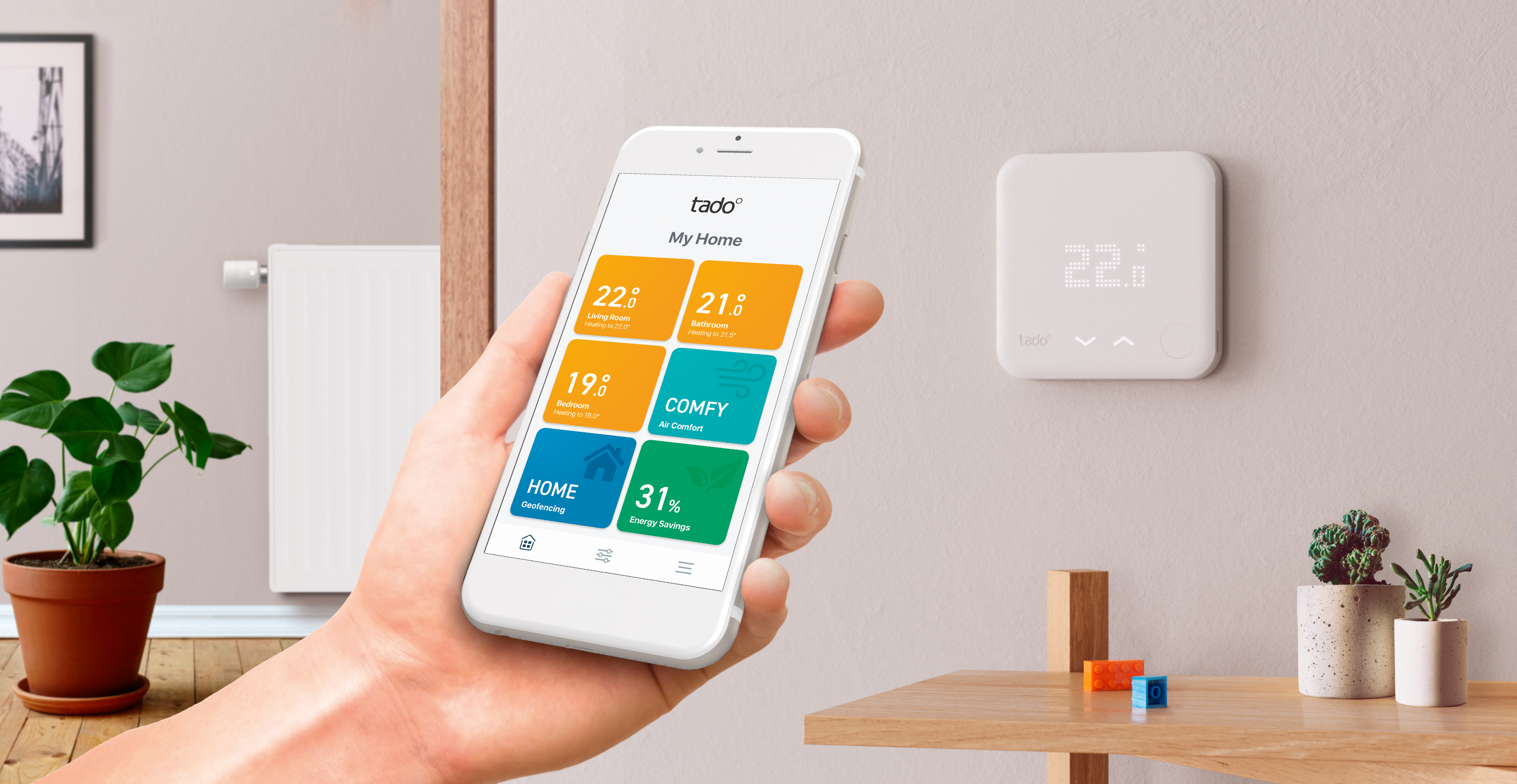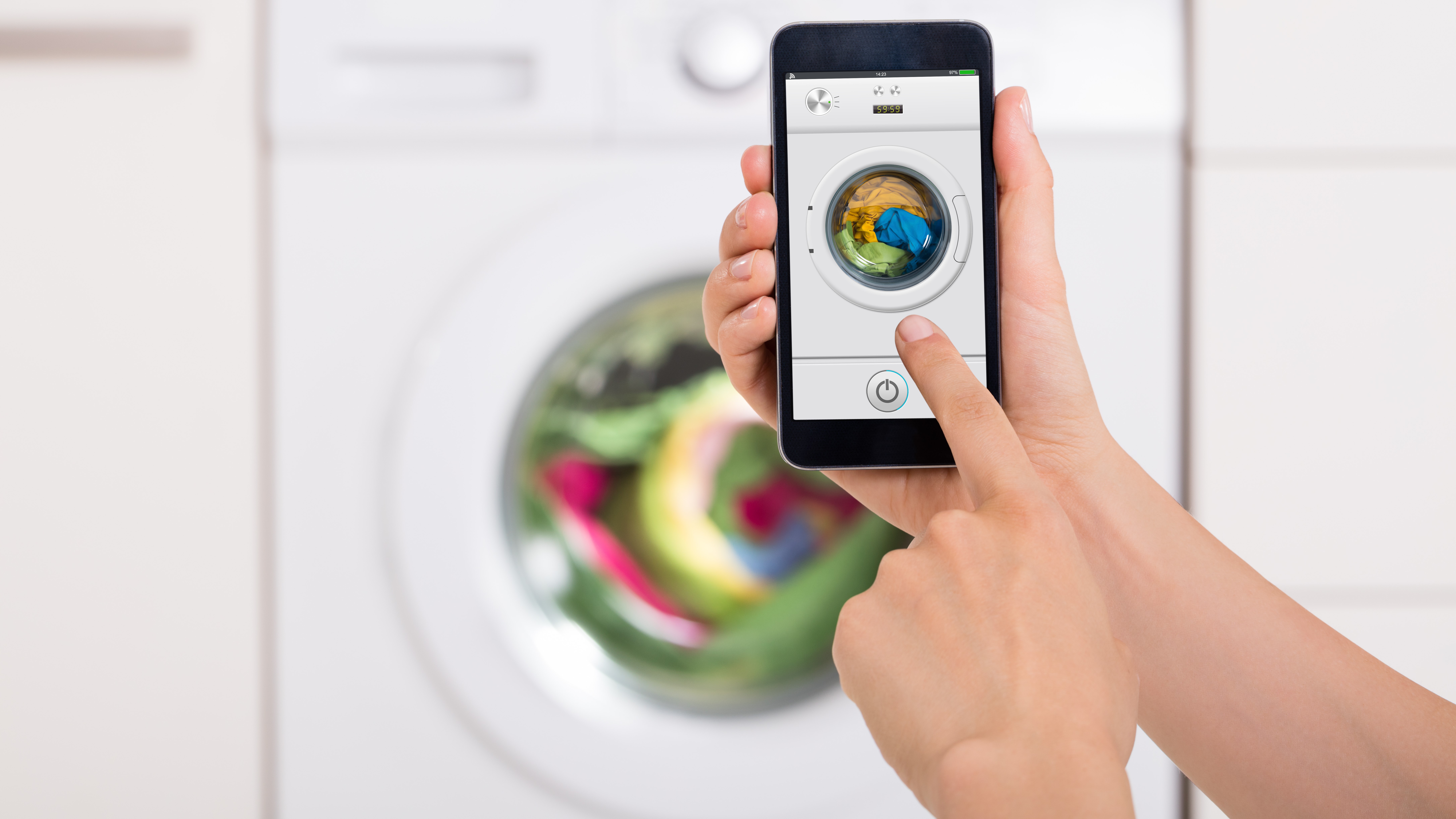7 smart home tips to help you save energy and reduce waste
Don't have any smart home devices? You might want to change that after reading these tips

This article is part of a series of sustainability-themed articles we're running to observe Earth Day 2024 and promote more sustainable practices. Check out all of our Sustainability Week 2024 content.
The smart home of the future is an all-singing, all-dancing, energy-efficient dream. We might not be quite there yet, but thanks to the rollout of increasingly advanced smart home communication protocols, that future is within reach.
Still, many of today's best smart home devices offer energy-efficient features and capabilities, some of which can more than pay for themselves over a couple of years. And, of course, saving on energy doesn’t just save you money – it contributes towards wider sustainability goals to reduce energy waste, which certainly helps me sleep at night. Here are 7 tips to help you save energy with your smart home.
1. Use smart plugs

The easiest means of reducing your energy consumption at home is by using some of the best smart plugs. In addition to helping you smarten up some of your dumb devices, smart plugs offer a simple way to turn off energy-draining devices, even when you’re not around to do it manually.
Whether you’re on holiday and want an energy-efficient means to control lights in your home to make it look less empty, or you ran out of the house in a rush and can’t remember if you turned off your lamps, smart plugs make it incredibly easy to remotely control your electrical devices.
Plus, some devices like the Eve Energy smart plug can monitor your energy consumption, helping you to make better decisions about if and when you power your smart home.
2. Use smart bulbs and lights

The next easy win to swap some of your dumb bulbs for some of the best smart lights. Similar to how smart plugs can help you remotely manage devices around your home, smart lights and bulbs cut out the middle man and allow you to directly control your lighting from your phone or with one of the best smart speakers.
There is, however, a catch – as these devices need to always be powered on at the wall switch, they do leech a small amount of energy around the clock, just like other vampire devices that operate in standby mode like TVs, computers and microwaves.
Get daily insight, inspiration and deals in your inbox
Sign up for breaking news, reviews, opinion, top tech deals, and more.
Still, it’s a very small amount of energy used that would only start to add up if you implemented a whole-home smart lighting system. Even then, LED bulbs use significantly less energy than incandescent bulbs, and the purported lifetime of most smart bulbs (15,000-25,000 depending on the model) is up to five times longer. Plus, many bulbs now offer energy monitoring features, and there’s no price for the awesome mood lighting potential of colored smart bulbs.
3. Use smart sensors

Especially if you’re implementing either of the former devices, smart sensors can revolutionize how you manage energy in your home.
Whether it's by using motion sensors to switch on devices when you enter a room or turn them off when no one is around, or using a smart air quality sensor like I did to automatically switch on and off my fans and purifiers depending on the air quality, there are plenty of clever ways to reduce your energy usage with sensors.
Better yet, there’s a whole host of different sensors available now, which will work with whatever smart home ecosystem you use, and more are becoming available every year. If you’re concerned about water waste, for example, you could try using a smart water sensor like the Moen Flo smart water leak detector.
4. Use a smart thermostat

Unlike smart lights, plugs and sensors, smart thermostats are a little more complex to install into your home, but they can make a world of difference.
As with almost all smart home devices, smart thermostats grant you the ability to remotely control your home, helping you reduce wasted energy by up to 8% according to energy-saving standards firm Energy Star. In the US, that equates to around $50 a year – but of course, it depends on where you live and the living and weather conditions.
If your plans change and you’re not going to be home until later than you’d thought, you can remotely switch your heating or air conditioning off, or make sure your home is the perfect temperature when you arrive –- a real boon if you’ve been away for a few weeks and don’t want to return to an icy apartment.
5. Use smart blinds

Smart blinds are another option that might require more effort to install and set up, but can be well worth it to help save energy. Many feature light sensors, which can not only allow you to wake up to natural light every morning without leaving your bed, but also help you save energy.
My apartment, for example, gets extremely hot when the sun hits it from the hours of 2-6pm in the summer, making it unbearably warm inside, to the point where I have to shut every blind and turn on every aircare device in my arsenal (and there are a fair few…). If I’m not home when the rooms heat up and forget to close the blinds, I come back to a thick, oppressive heat that can take all night to clear.
The same works in reverse during the winter, when smart blinds can help reduce the amount of heat lost through windows and encourage natural heating from the sun’s light during the daytime.
6. Splash out on smart appliances

From this point on is where things get a bit pricey, but the greatest gains are most likely to be made following the greatest investment. Enter: smart appliances.
Smart appliances like those made by Samsung offer a host of exciting abilities, from fridges with recipe assistance to smart display-laden washing machines, but what’s most exciting is that these smart appliances are increasingly energy-conscious. Not only do many rank highly for energy efficiency, but some even boast some incredible features.
7. Automate, automate, automate!
Most of the devices I've mentioned here will offering innate energy savings without you even trying. But the best way to make the most out of your smart home is to get comfortable with automations and smart home ecosystems so that everything works together in harmony.
By setting up triggers with multi-device responses, you can save a huge amount of time and effort as well as energy; what’s not to love about that?
Love it or hate it, the best way to get the most out of any smart home is by packing it out with as many compatible devices as you find sensible, and finding intelligent ways to have them work together – and that goes for energy savings, too.
You might also like

Josephine Watson (@JosieWatson) is TechRadar's Managing Editor - Lifestyle. Josephine is an award-winning journalist (PPA 30 under 30 2024), having previously written on a variety of topics, from pop culture to gaming and even the energy industry, joining TechRadar to support general site management. She is a smart home nerd, champion of TechRadar's sustainability efforts as well and an advocate for internet safety and education. She has used her position to fight for progressive approaches towards diversity and inclusion, mental health, and neurodiversity in corporate settings. Generally, you'll find her fiddling with her smart home setup, watching Disney movies, playing on her Switch, or rewatching the extended edition of Lord of the Rings... again.